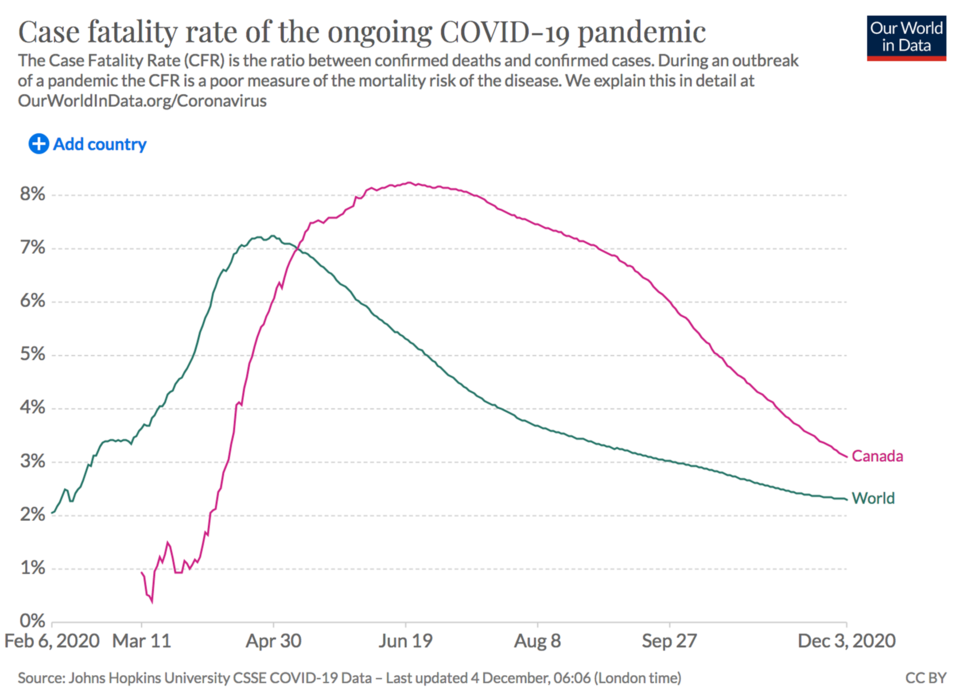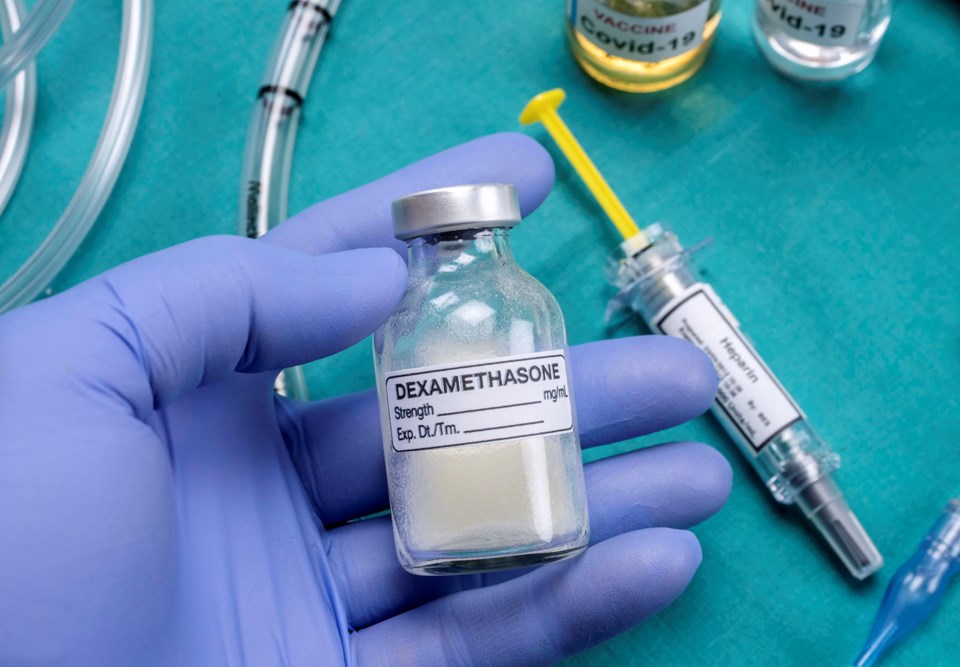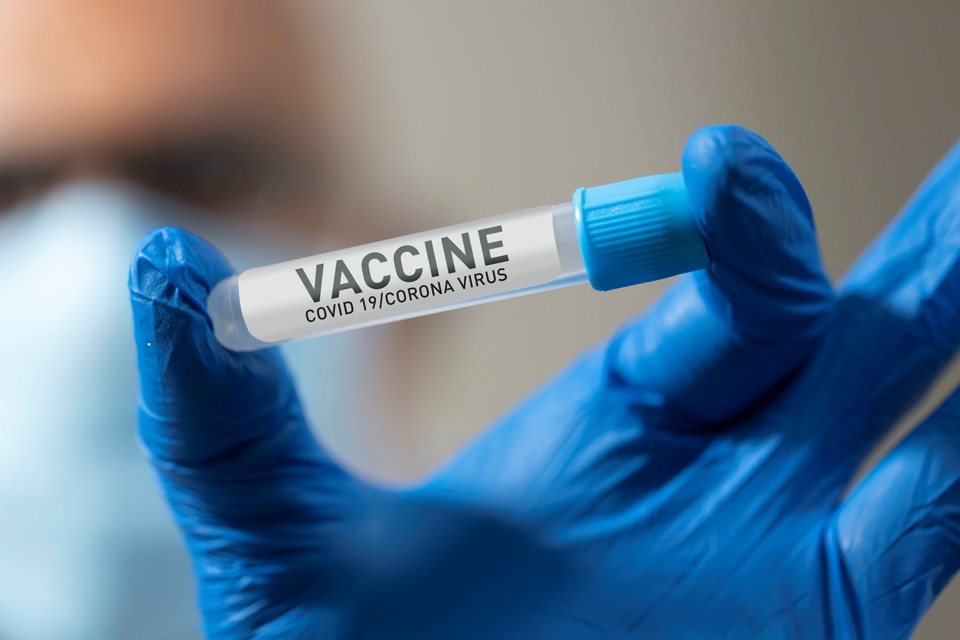With case numbers always on the rise, death tolls going up every day and news coming out regularly about issues that remain even when patients are recovered.
In Canada as of this week, 3.1 per cent of people with confirmed infections who catch COVID-19 will die from it, according to the most recent numbers from Johns Hopkins University, and that’s high enough to be a concern.
But it’s still just over three per cent.That means 97 per cent of people who are diagnosed with COVID-19 will survive -- a marked improvement from the eight per cent mortality rate Canada saw in mid-June. In fact, in the last month alone, the mortality rate has fallen a full percentage point, from 4.3 per cent to 3.1 per cent.
That’s something to remember in all of this.
This isn’t an automatic death sentence. And for most people, it’s a weekend of sniffles and a bit of a cough.
According to the World Health Organization, the vast majority of COVID-19 cases experience mild symptoms or moderate illness. Between 10 per cent and 15 per cent evolve into severe disease requiring hospitalization and about five per cent become critically ill and require ICU intervention.
That translates into 85 per cent of COVID cases being mild enough to ride out in quarantine without too much concern.
And those are good odds, indeed.
 The COVID-19 mortality rates have fallen dramatically since this summer. Ourworldindata.org
The COVID-19 mortality rates have fallen dramatically since this summer. Ourworldindata.orgCaution is still important, of course, because all the positive numbers fall dramatically the older one is and with the number of co-morbidities, especially anything involving the respiratory system.
But if you are told by your doctor that, yes, you have COVID-19, it’s not a reason to panic.
If you’re healthy, you will most likely end up with flu-like symptoms and recover in a matter of days, two weeks tops. That’s a simple matter of fact, born out by numbers seen since the beginning of the pandemic.
And if things do take a turn for the worse?
Know that it isn’t February, when this was of far, far greater concern. Back then, we didn’t know how to treat it, what would work to save people, outside of the most invasive of techniques like intubation and ventilators.
Modern medicine is modern medicine, though. With an emphasis on modern. In 2020, mere weeks of studying a new disease like the novel coronavirus can lead to breakthroughs at a record pace. Which, as it turns out, is exactly what happened with COVID-19.
By the time the summer months hit, treatment and therapies were being found on a regular basis. Some, like hydroxychloroquine, were less than effective as initially hoped. But that didn’t stop doctors and researchers from continuing their work.
 The common and powerful steroid dexamethasone has proven to have life-saving effects in the worst cases of COVID-19.
The common and powerful steroid dexamethasone has proven to have life-saving effects in the worst cases of COVID-19.Soon, monoclonal antibody drug cocktails like remedisvir and bamlanivimab were approved for use in Canada, with both showing extreme promise in improving patient outcomes. And the powerful anti-inflammatory steroid dexamethasone was found to have major positive effects in cases requiring ventilation, reducing deaths by one third.
And most recently, small studies have found that Vitamin D may play a role in warding off the disease and helping recovery of mild cases.
The effects have been impressive -- when U.S. President Donald Trump was hit with COVID-19, doctors were able to put together a regimen that had him back on the campaign trail inside of a week. That despite his age and weight, both of which increased his risk when dealing with the disease.There’s also the recent news that COVID-19 might have been in the public long before we even knew it existed, possibly in early December in North America, meaning many people might have already gone through a course of the disease and have antibodies, possibly making them immune to further infection.
And, of course, there’s the best news of all.
A variety of pharmaceutical companies have pulled off the modern day miracle of creating an effective vaccine inside of a year, something that wasn’t initially expected until next summer, at the earliest. Once production ramps up and distribution hits the needed levels, we could find ourselves almost back to normal by this time next year, if not sooner.
Does any of this mean we should take off our masks, start going to bars and bingo halls en masse and pack sports arenas like it was 2019?Absolutely not.
This still spreads like wildfire and kills three per cent of everyone who catches it, and that’s too many people to take a risk on -- 33,000 people in Saskatchewan alone in the unlikely scenario all 1.1 million of us are hit with the virus, basically the entire population of Moose Jaw.
But most people will survive COVID-19 if they catch it and that’s not something to ignore.
It’s some good news for once, a reminder that maybe we’re all going to be okay.
And that’s just right in a time when anything positive is so desperately needed.




